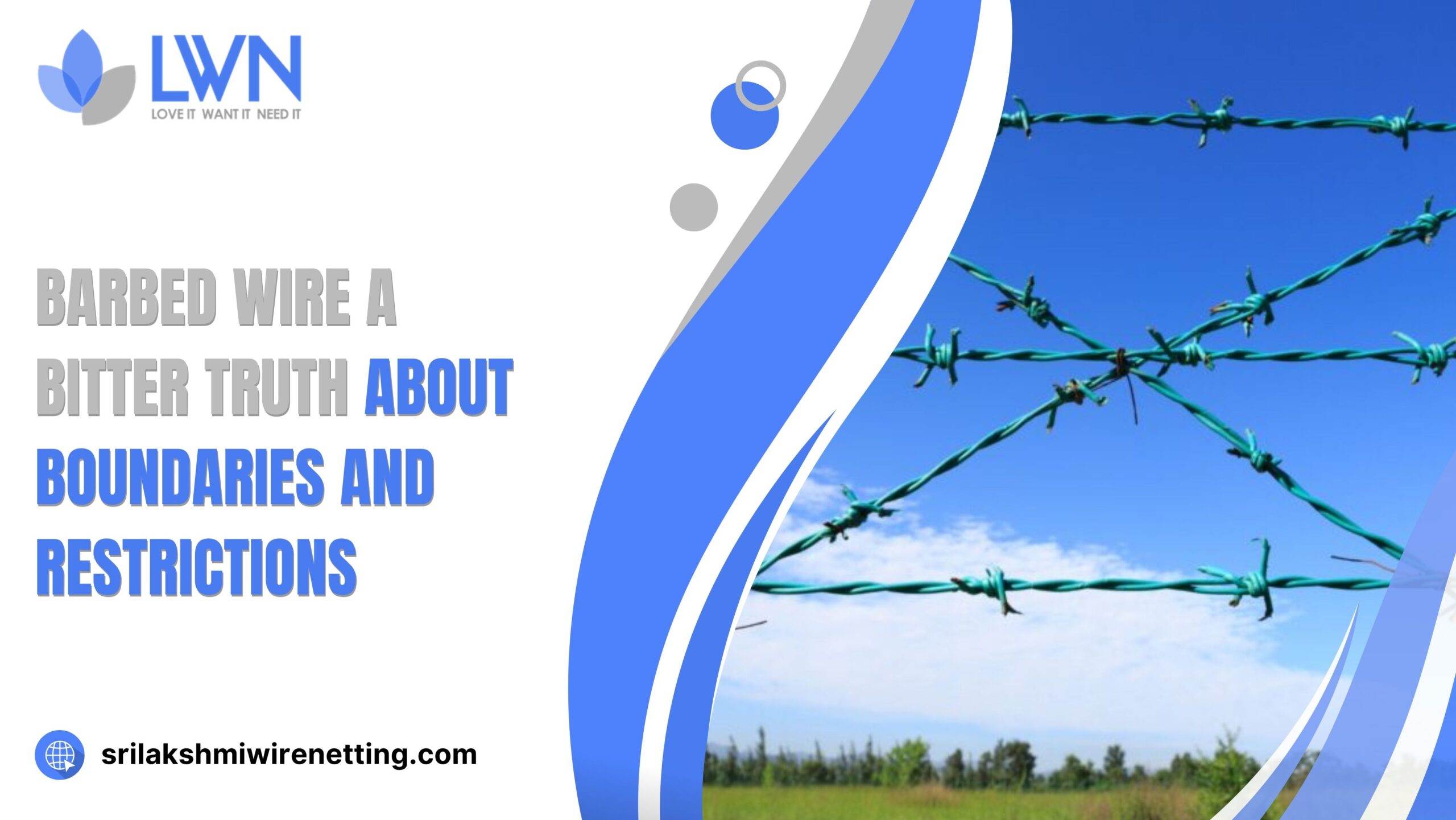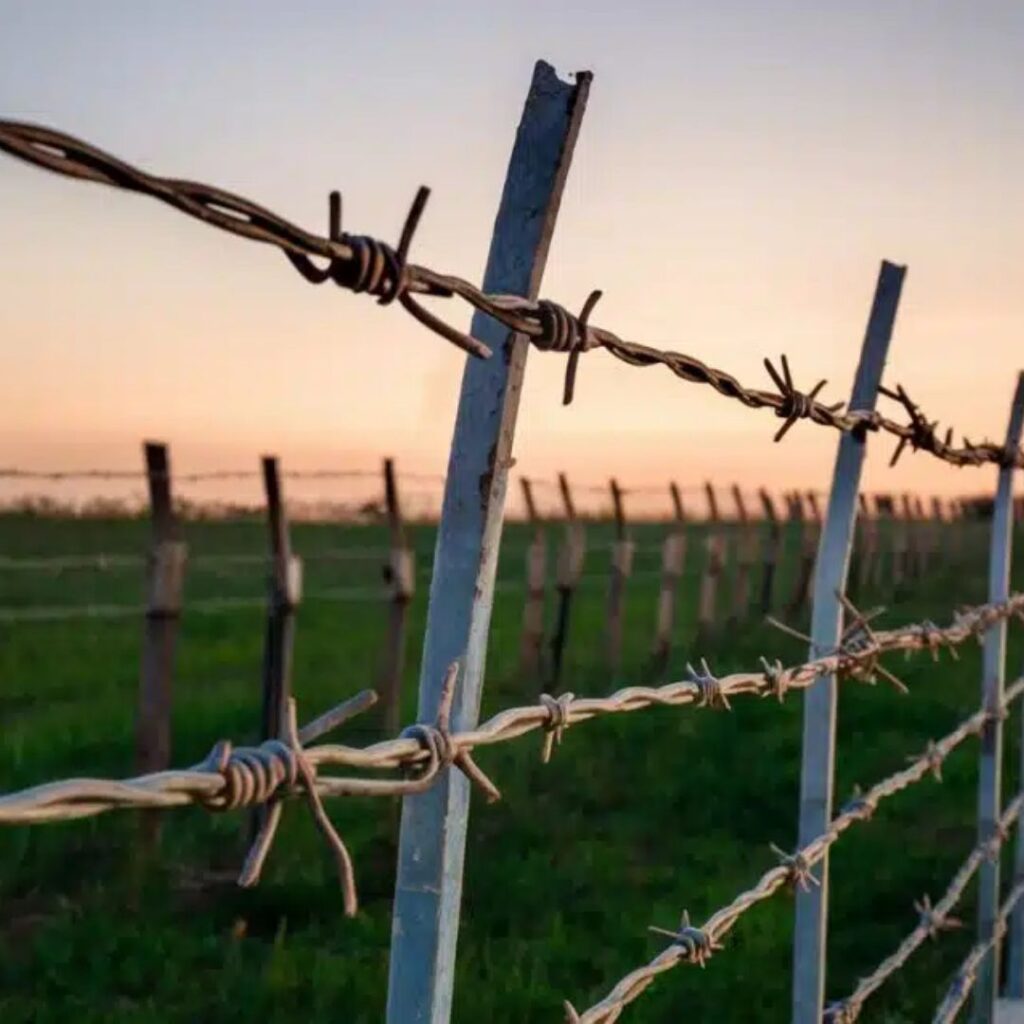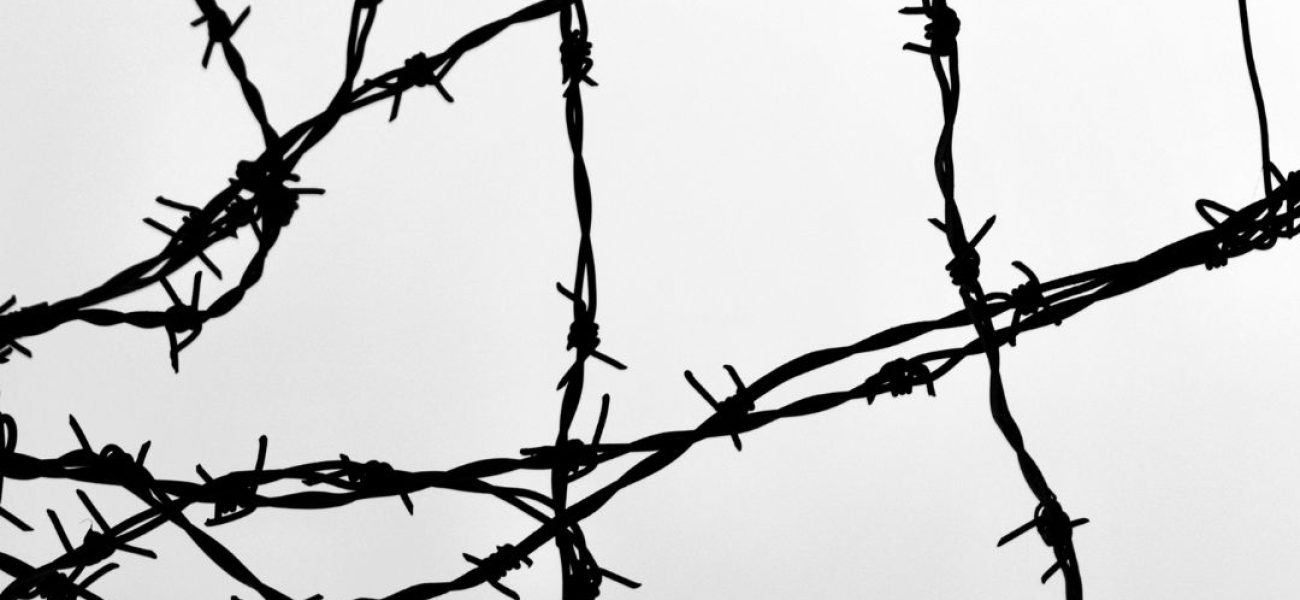- +91 98430 70904
- lakshmi_wirenetting@yahoo.com



Barbed wire, often seen as a symbol of control and restriction, is a simple yet revolutionary invention that has played a crucial role in various facets of history and modern life. Despite its seemingly harsh appearance, this invention has evolved from a tool for agricultural fencing to one used in military defense, prison systems, and even symbolic contexts. In this blog post, we’ll take a closer look at the origins of barbed wire, its significance, and its uses across different industries.
Barbed wire was first patented in the United States in 1874 by Joseph F. Glidden, although several inventors had similar concepts prior to him. Glidden’s design proved to be the most effective and widely adopted, leading to a rapid proliferation of its use, especially in the American Midwest.
Before the invention of barbed wire, open-range grazing was a common practice, leading to frequent disputes over land boundaries and the damage caused by roaming cattle. Fencing materials like wooden posts or stone walls were expensive and impractical for large landowners. Barbed wire, with its relatively low cost and high efficiency, provided a much-needed solution for managing livestock and securing property.

The design of barbed wire consists of twisted strands of wire with sharp, pointed barbs spaced at regular intervals. These barbs are designed to make it difficult for animals or humans to pass through the wire without injury. The sharp edges and closely spaced barbs create a strong deterrent, whether it’s used in agricultural settings, prisons, or along borders.There are several variations of barbed wire, including single-strand and multi-strand designs. The wire is typically made from steel or other strong materials that can withstand harsh weather conditions. In some instances, barbed wire is coated with zinc or PVC for additional durability and resistance to rust.

The primary use of barbed wire remains in the agricultural industry. It is used for creating fences to keep livestock contained, manage grazing areas, and protect crops from pests. Farmers appreciate the effectiveness of barbed wire for securing large properties, as it can be easily stretched over long distances and is relatively inexpensive to maintain.Farmers also use barbed wire as a means to divide property lines, keeping animals from crossing into neighboring fields. Over time, barbed wire has allowed for more efficient use of land and resources, as it helps regulate grazing areas and prevents overgrazing.
Barbed wire gained significant prominence during the First World War, where it was used extensively in trench warfare. Military forces used barbed wire to create defensive barriers, slowing down enemy advances and protecting strategic positions. In wartime, barbed wire became a crucial tool for fortifying battlefields and protecting soldiers from surprise attacks.In modern warfare, barbed wire continues to play a role in military fortifications, border control, and the prevention of unauthorized crossings. It’s used to secure military bases, airports, and other sensitive locations. The visual deterrence it creates is as significant as its physical barrier.

Despite its many uses, barbed wire faces challenges in the modern world. Concerns about its safety—especially in urban environments—have led to the development of alternatives. For example, plastic or non-metallic fences, electric fences, and other advanced security technologies are now available to serve similar functions with less potential harm to humans and animals.
However, barbed wire continues to be widely used due to its effectiveness and low cost. While it may not be the only solution for securing spaces, its legacy as a versatile and essential tool remains entrenched in many industries.
Barbed wire, in all its forms, has had a profound impact on agriculture, military strategy, security, and even culture. Whether it’s protecting a farm, securing a military base, or standing as a symbol of human suffering, the significance of barbed wire extends beyond its practical applications. Though the harshness of its design can evoke strong emotions, its ability to shape human interaction with space and boundaries cannot be denied.
Sri Lakshmi Wire Netting company offers premium fencing solutions with unmatched quality. Our durable and customizable products ensure top-tier protection for any space. Choose us for reliable, long-lasting solutions tailored to your needs.
No. 5, Brindhavan Colony, Kulatheri Main Road, Near Perks School, Uppilipalayam, Coimbatore – 641015, Tamil Nadu, India
+91 98430 70904
Copyright © 2025 Sri Lakshmi Wire Netting Company. All Rights Reserved
WhatsApp us